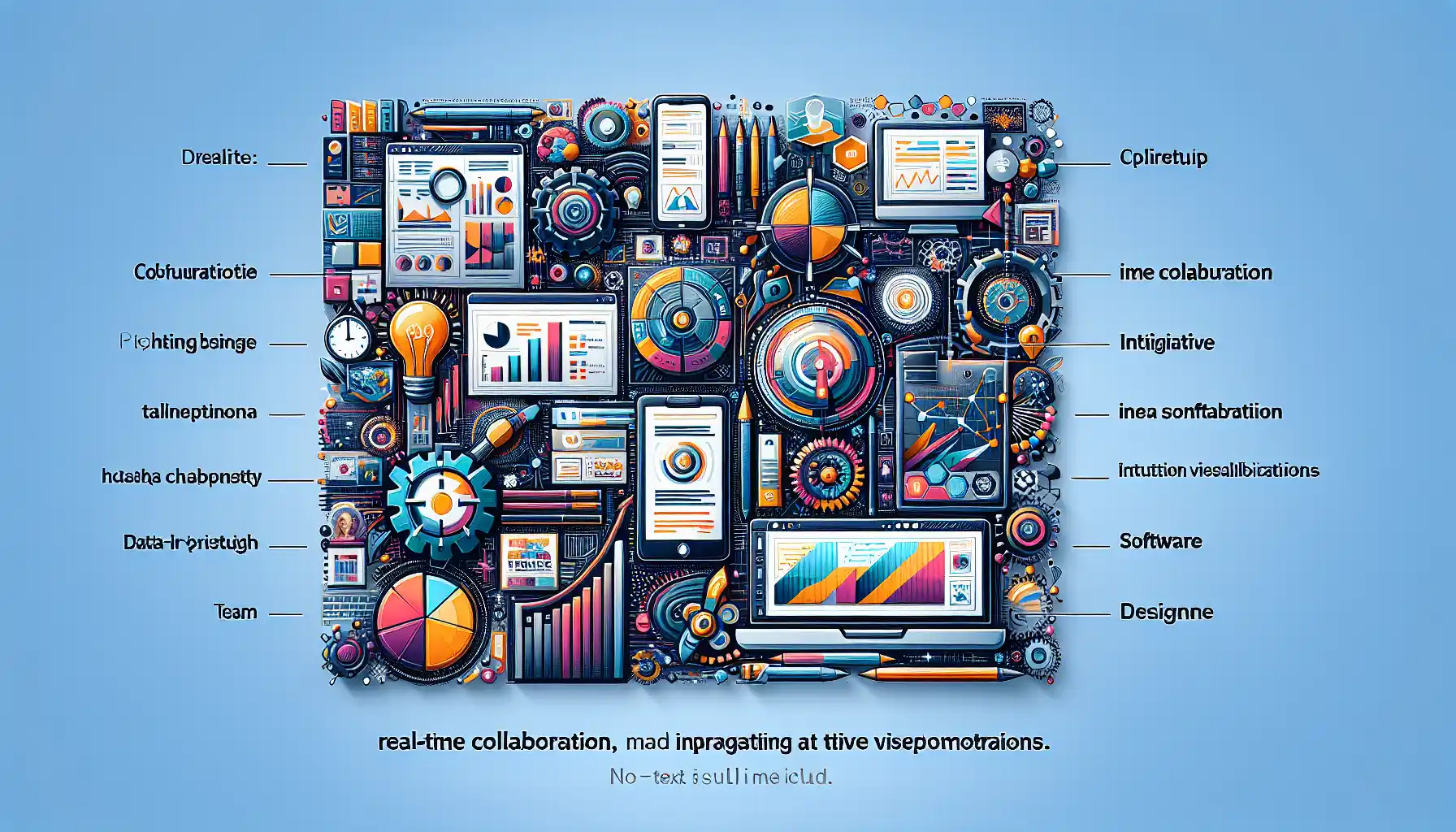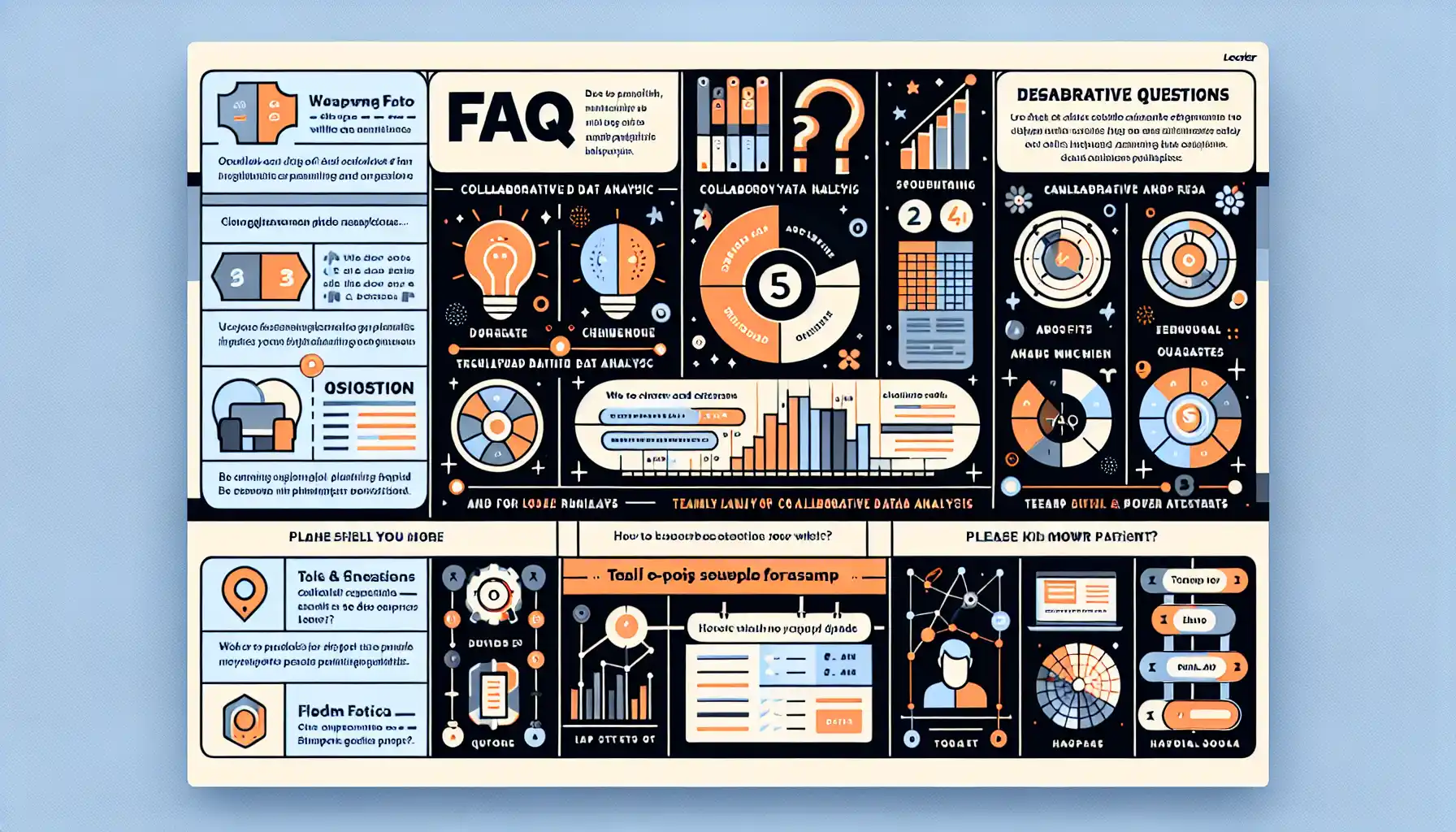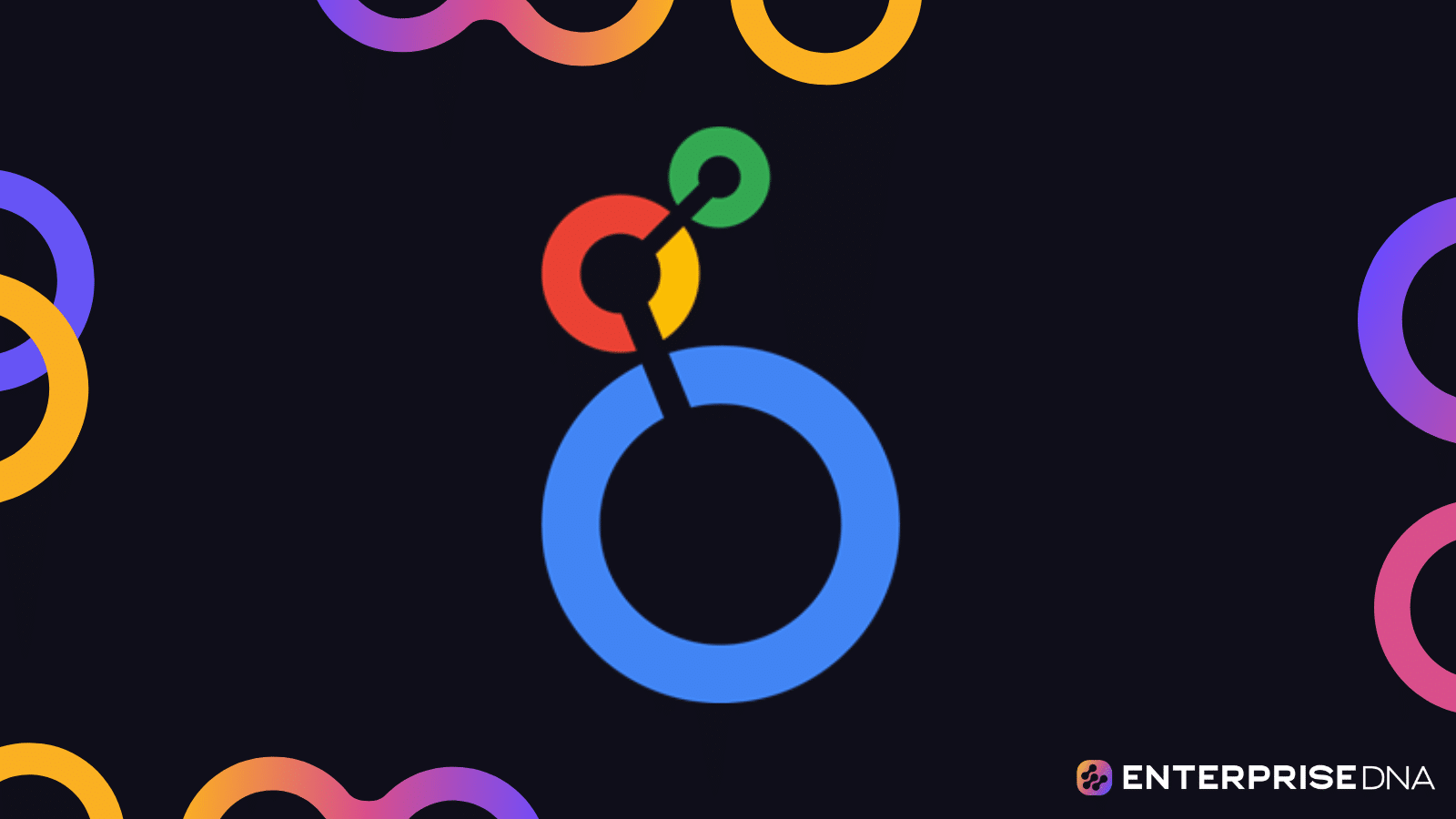In the fast-paced world of data analysis, collaboration is key. But, with large and complex data sets, sharing and analyzing data can be challenging. Looker, a leading data analytics platform, has made collaboration easier with its robust suite of features.
Looker is empowering teams with its powerful and easy-to-use collaborative data analysis tools. Its unique and innovative features, such as Looker Blocks, Data Actions, and Embedding, are allowing users to share insights, work together, and make data-driven decisions faster and more efficiently.
In this article, we’ll explore how Looker is transforming the way data analysts work and how its collaborative data analysis features are helping teams across industries make the most of their data.
But before we get into the features of Looker, let’s talk about why you should care about its collaborative data analysis capabilities.
Why Collaborative Data Analysis Matters

In the world of data analysis, collaboration is the secret sauce that takes insights from “interesting” to “game-changing.”
By empowering teams to work together on complex data analysis projects, Looker is helping organizations make better, faster decisions. And it’s doing this by addressing some key challenges in the field of data analysis.
Some of these challenges include:
- Data silos: Data analysts often work in silos, with limited access to data from other departments or teams.
- Version control issues: Keeping track of different versions of a report or dashboard can be a headache and lead to confusion.
- Slow data sharing: Sharing large datasets can be time-consuming and lead to delays in decision-making.
- Data security concerns: Collaborating on data analysis can sometimes lead to data security issues, as sensitive information is shared with multiple people.
Now, let’s talk about how Looker is addressing these challenges.
The Power of Looker for Collaborative Data Analysis

Looker has a powerful suite of features designed to make data analysis more collaborative and efficient. Some of these features include:
- Looker Blocks: Reusable code and templates for common data analysis tasks.
- Data Actions: Tools for integrating data analysis with other business processes.
- Embedding: Options for sharing Looker content with users outside the platform.
- LookML: A data modeling language that standardizes and streamlines data analysis.
- Sharing and Collaboration Tools: Features for sharing and collaborating on data analysis work.
- Access Controls: Security features to manage user access and permissions.
Let’s look at some of these features in more detail.
Looker Blocks
Looker Blocks are a powerful tool for collaboration. They’re reusable code and templates for common data analysis tasks. This means that analysts don’t have to start from scratch every time they want to perform a common data analysis task.
They can simply use a Looker Block, which has already been built and tested. This makes it easier for teams to work together on data analysis projects, as they can share and reuse code and templates.
Data Actions
Looker offers a wide range of data actions to help users integrate data analysis with other business processes. This includes the ability to create and update records in external systems, send alerts and notifications, and even trigger custom scripts and workflows.
By using data actions, analysts can make data-driven decisions faster and more efficiently, as they can take immediate action based on the insights they’ve uncovered.
Embedding
One of the key features of Looker is its ability to be embedded into other applications and platforms. This means that teams can share and collaborate on data analysis work without having to leave the tools they’re already using.
For example, an analyst could embed a Looker dashboard into a project management tool, allowing team members to view the latest data and insights without having to switch between multiple applications.
This makes collaboration easier and more seamless, as everyone can access the data they need from within the tools they already use.
LookML
LookML is Looker’s data modeling language. It’s designed to standardize and streamline data analysis. This means that all team members can use the same language and tools, which makes collaboration more efficient.
LookML also makes it easier to maintain and update data analysis work. Because LookML code is written in plain text, it can be version-controlled and tracked just like any other code. This means that teams can easily keep track of changes, collaborate on updates, and roll back to previous versions if needed.
Final Thoughts

Looker is truly changing the game when it comes to collaborative data analysis. Its innovative features, such as Looker Blocks, Data Actions, and Embedding, are making it easier than ever for teams to work together on complex data analysis projects.
And with its commitment to continuous improvement, Looker is only going to get better. So, if you’re looking to take your data analysis to the next level, Looker is definitely a tool to consider.
Frequently Asked Questions

What are some popular Looker integrations for collaborative data analysis?
Some popular Looker integrations for collaborative data analysis include Google Cloud Platform, Microsoft Azure, Amazon Redshift, Snowflake, BigQuery, and SQL databases.
How can I effectively use Looker for collaborative data analysis?
To effectively use Looker for collaborative data analysis, you should create and share Looker dashboards and reports, use LookML to create a consistent data model, and leverage Looker Blocks to streamline data analysis.
You should also use data actions to integrate Looker with other business processes and external systems.
Are there any tutorials on Looker for collaborative data analysis?
Yes, Looker offers tutorials and documentation to help you get started with collaborative data analysis. You can access Looker’s official documentation and knowledge base to learn about Looker features, best practices, and common use cases.







